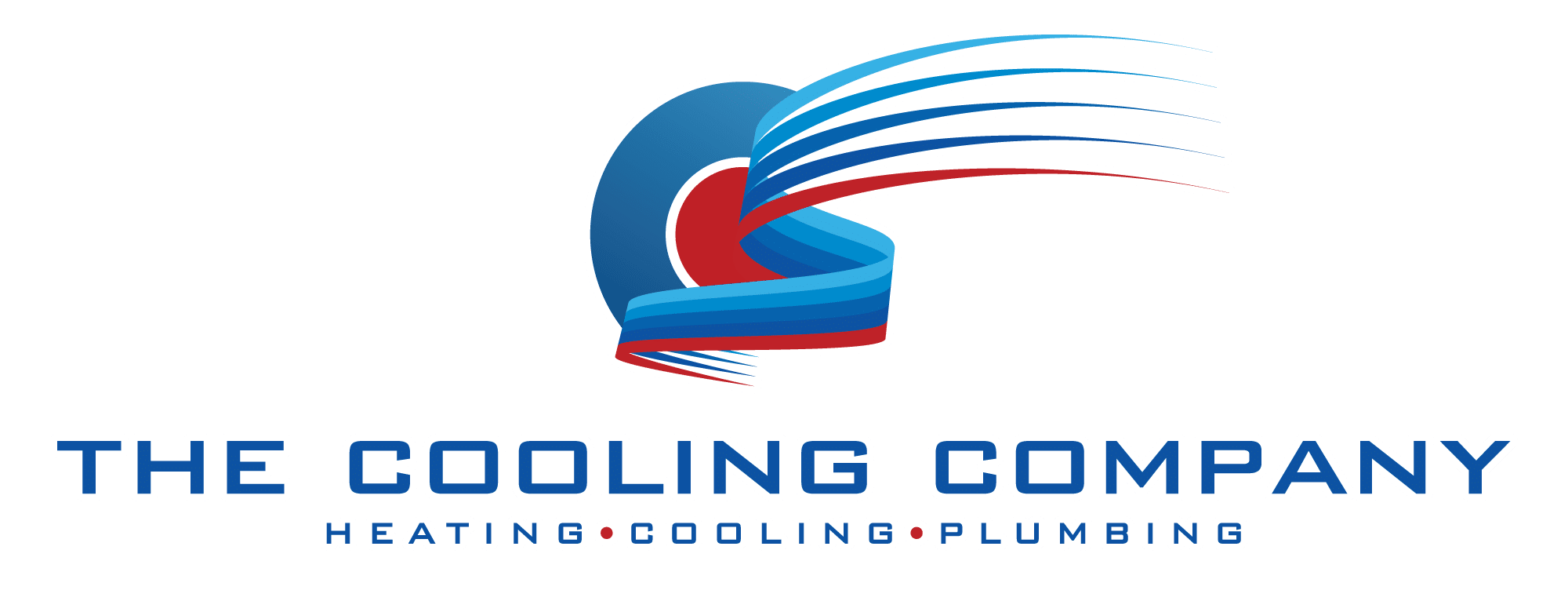Embarking on a DIY maintenance process such as knowing how to clean and maintain an air conditioner is key to enhancing its lifespan. This addition to your regular chores can save you from allergies, as well as keeping your AC in good condition. It’s crucial to deal with any buildup of dirt, allergens or even invasive types of garden pests on the fan blades, for example, to prevent any issue that could cause the unit to malfunction. AC cleaning not only can help a system last longer but also reduces the risk of costly problems and repairs, such as replacement of the entire unit or rewiring the connections, ultimately saving you money and improving the health of the insulation within your walls.
How to Clean a Central Air Conditioner
Besides, it’s equally beneficial to everything you own as it is to purify indoor air, as air conditioner units fitted with robust air filters can circulate pollutants such as bacteria and mildew, especially in cases where there are pets inside the house. This comprehensive DIY guide will cover everything you need for cleaning an AC unit, from how to clean an evaporator on a window AC unit to a central unit using essential tools like a garden hose and soap. The heat can cause removal of stubborn debris more comfortable. You’ll get comprehensive instructions provided by an experienced manufacturer on how to maintain the quality and efficiency of your systems for fresh, clean air. It includes cleaning with a brush attachment on your vacuum, ensuring the drain pan and evaporator coils are cleared of leaves, and checking on the air filter.
- First, shut off the power to the unit. It needs to be completely switched off and powered down before you use any water or cleaning solutions.
- Next, you can remove the vent cover with the aid of a screwdriver, and then remove and clean the filter. Cleaning the filter is a crucial part of the process, as a lot of dirt and dust tends to get trapped on this particular part. You might also simply want to replace the filter with a new one, if it’s replaceable.
- After that, you can remove the top from the condenser unit outside and then use a vacuum to suck up any grass or dirt.
- Next, use a hose to carefully spray down the outdoor unit, washing away dirt. Just be careful to avoid spraying any water near the electrical box.
- Finally, give the unit time to dry completely before switching it all back on.
Signs of a Dirty Air Conditioning Unit
Often, when it comes to cleaning an AC system and ensuring its sanitizing effectiveness, it’s best to contact a trusted local air conditioning repair service. They’ll be able to provide the professional-level cleaning services your central air conditioner needs. However, if you prefer to immerse yourself in DIY maintenance work and get to grips with the intricate wiring system of your AC unit, using products such as a brush or vacuum to clean everything from the fan blades to the evaporator coils, here are some key steps and tips to follow.
- Clear signs of dirt on the unit or mold growth.
- Weak airflow, even when the fan is turned up high.
- Lots of dust all over the unit’s surface.
- A noticeable drop in cooling performance.
- Strange sounds, like rattling, when the unit is in use.
- Weird smells coming out of the vents.
As well as knowing how to clean an air conditioner, homeowners also need to know how to spot the signs that show when an AC cleaning is needed. These signs could be a giveaway of different types of allergies, indicating a buildup of bacteria or mildew on the evaporator and fan blades which needs to be removed. Here are some common red flags that signal that you’ll soon need to spend some time cleaning your HVAC unit.
How to Clean the Outdoor AC Unit
If you spot any of these signs, it’s time to get your unit clean with a DIY approach. You can take on some of this task yourself, with the aid of vacuum cleaners, coil cleaner, and water or cleaning sprays. But you may need to call in a trusted Las Vegas heating and air conditioning company to tackle the more complex aspects or to clean the condenser coils, in case the issue is beyond the scope of a simple cleaning.
How to Clean Interior Vents and Filters
For the outdoor unit, you’ll first need to switch off all the power and carefully remove the top cover by unscrewing the screws. From there, using a garden hose and biodegradable soap to spray clean the inside of the unit can be an efficient way to remove dirt, bacteria, and debris that might have made its way into the unit. This could include allergens trapped inside the evaporator coils for example.You can also use a hose or water and a soft rag to gently wash away dirt and marks on the surface of the unit, as described in the previous steps. Be sure to carefully work from top to bottom, systematically removing accumulated residues.
- First, turn off the HVAC system and locate the vents you wish to clean.
- Remove the vent covers, usually with the aid of a screwdriver.
- Next, take a damp microfiber cloth and wipe down the vent covers. You can use a soft-bristled brush, if needed, to scrub away stubborn stains.
- Use a vacuum cleaner with an appropriate attachment on the end to get into the vents and suck up dust and dirt.
- Let the vent covers dry before screwing them back into place.
- Follow the same basic steps for filters.
How to Clean a Window Air Conditioner
Knowing how to clean air conditioner vents, filters, and evaporator coils is also an essential step in the process of cleaning an AC unit. Here is a brief guide from the manufacturer on the main steps to follow, but keep in mind that models may vary, so don’t forget to check the icon marked sections in your manual:
- Before you begin cleaning the AC system, turn off and disconnect the power to it.
- Next, remove and wipe down the face panel with cleaning solution or water.
- Then take out and clean the filter, or replace it if the time is right.
- Use a vacuum cleaner to suck dirt and dust from the interior of the unit.
- Spray down the unit with a cleaning solution.
- Use a knife or fin comb to straighten any bent fins before letting the unit dry and reassembling it.
How Often to Clean an Air Conditioner
It’s strongly recommended to clean a window AC unit if you have one. Cleaning a window unit is just as important as cleaning a central system, and numerous times, it is usually a lot easier, too. Here’s how to do it: Mainly focus on air conditioner coils, lines and other such important parts that demand careful attention.
What You Need to Clean an Air Conditioner
In general, it’s a good idea to clean AC filters every month or two, and do a deep clean of the whole system – including using a coil cleaner on evaporator coils, for instance – once or twice per year, depending on the climate, local area, and how much it gets used. Regular cleaning will not only help the unit stay in top condition, reducing the risk of problems but also improve the quality of indoor air by eliminating pollutants and potentially slashing your energy costs.
- Hose
- Vacuum cleaner
- Cloths
- Water
- Cleaning solution
- Screwdriver
- Knife
- Gloves
What to Avoid When Cleaning an Air Conditioner
Depending on the type of unit and the level of cleaning you plan to do, you may need some or all of the following tools and products. Be mindful to learn about the use of each before starting to avoid any accidental damage.
Avoid using a pressure washer or any improvised tools to clean your unit, as this can do damage. Be very cautious with water, especially around the breaker, as it can cause problems if it seeps into the electrical components, and never leave the power connected or switched on while cleaning. Instead, use a line of soft cloth or a rag, which is safer and equally effective. If you’re unsure about anything or don’t feel confident, call in professional AC and air purifier services to clean and sanitize it for you, ensuring a fresh and clean indoor environment.
Additionally, it’s essential to exercise caution when cleaning your HVAC unit. Avoid using a pressure washer, as its force can cause significant damage to the delicate components, particularly when the inside components, including the insulation, are accessed by removing screws. When using water, be exceptionally careful, as seepage into the electrical parts can lead to major issues. As mentioned earlier, always disconnect the power supply or switch off the unit while cleaning to ensure your safety and prevent any electrical mishaps.
If you find yourself uncertain about the cleaning process, instructions, or lack confidence in handling the cleaning tools yourself, it’s highly advisable to seek the expertise of professional AC and air purifier services. These trained professionals possess the necessary knowledge and equipment to clean your unit effectively and safely, ensuring it operates at its best without compromising your safety or the system’s integrity, even when it comes to those tricky air conditioner coils and lines.



